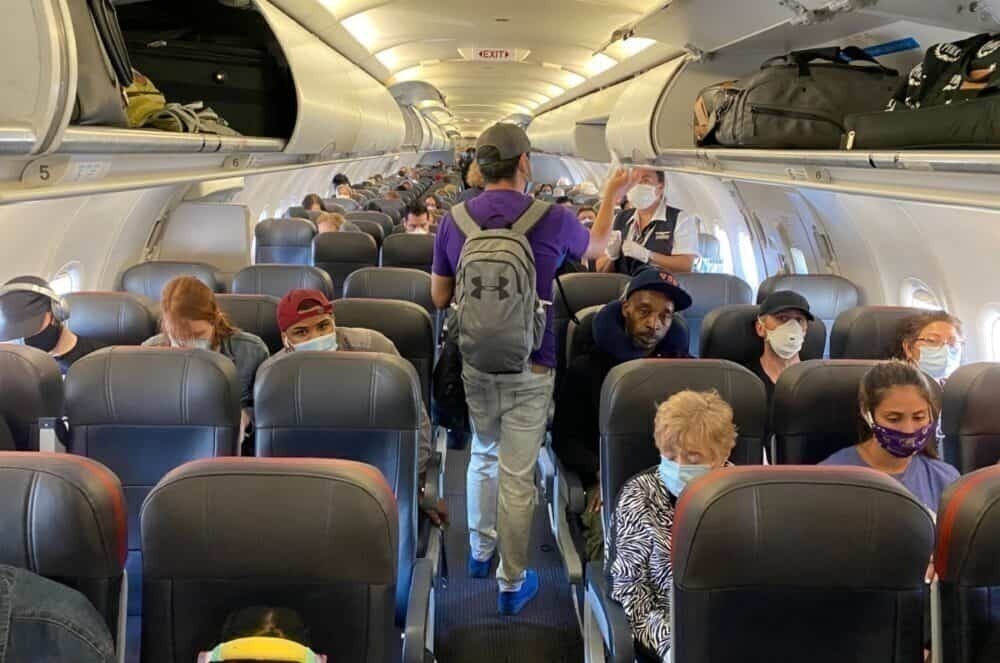
US passenger numbers have begun to stall amid a resurging coronavirus. After weeks of gains, passenger growth has slowed down. In fact, on the weekend of July 17th, the TSA recorded fewer passengers entering screening checkpoints than on the weekend of July 10th– one of the first times this has happened since air travel demand began to recover.
A slowing recovery
After reaching record lows in April, the airline industry started to build up its operations slowly, but surely. Then, from June, there was a sort of explosion as Delta, United, American, Southwest, JetBlue, Alaska, and others began to rebuild their route networks and announced a plethora of service increases. This led to strong optimism that demand was recovering with some projecting the TSA would surpass one million screenings a day by the July 4th holiday– which would have been the first time that happened since March.
Below is a breakdown by weekend since April– when traffic bottomed out:

Data is not included from the extended July 4th or Memorial Day weekends in the above graph. Instead, the core weekend from Friday through Sunday is considered.
Overall, however, passengers have been on an upward trend since the dramatic fall in passenger numbers at the end of March. But, numbers are not even half of what they were back in 2019 during the same time period.

As cases surge, demand stalls
As states started to reopen and passengers started flying again, airlines began to believe that the worst was behind them, and travel was on its way back. But then, things began to change as the virus started to surge in leisure destinations– places where travel demand was high.
Florida, Texas, Georgia, Arizona, California, Nevada, South Carolina, and other popular summer destinations are all experiencing a surge in cases that has then led to a decline in bookings and, thus, revenue. This has led airlines to start to pare back capacity and reevaluate growth.

Business travel remains low. However, leisure travel is what is driving the current recovery. Unfortunately for airlines, leisure travel is also one of the most sensitive, depending on the health outcome.
The recovery is turning out to be choppy
There have been plenty of words that airline CEOs and industry experts have thrown around about how demand would look. Some expected a “V-recovery,” others believed it would be a more prolonged, but steady increase, and some others thought it was too soon to tell. Now, the most common word on the recovery is “choppy.”

This choppy recovery was the one least preferred by airlines. A V-shaped recovery and prolonged, steady recovery are both relatively easy to plan for. Airlines can look at past increases and determine how much capacity to add and where. A choppy recovery, unfortunately, is nothing like that. Airlines will have to continue to add and then remove capacity. For now, it is a waiting game for airlines to see whether or not the US can start to get the virus under control– or if anyone can develop a successful vaccine and make it widespread with plenty of people getting it.




0 Comments